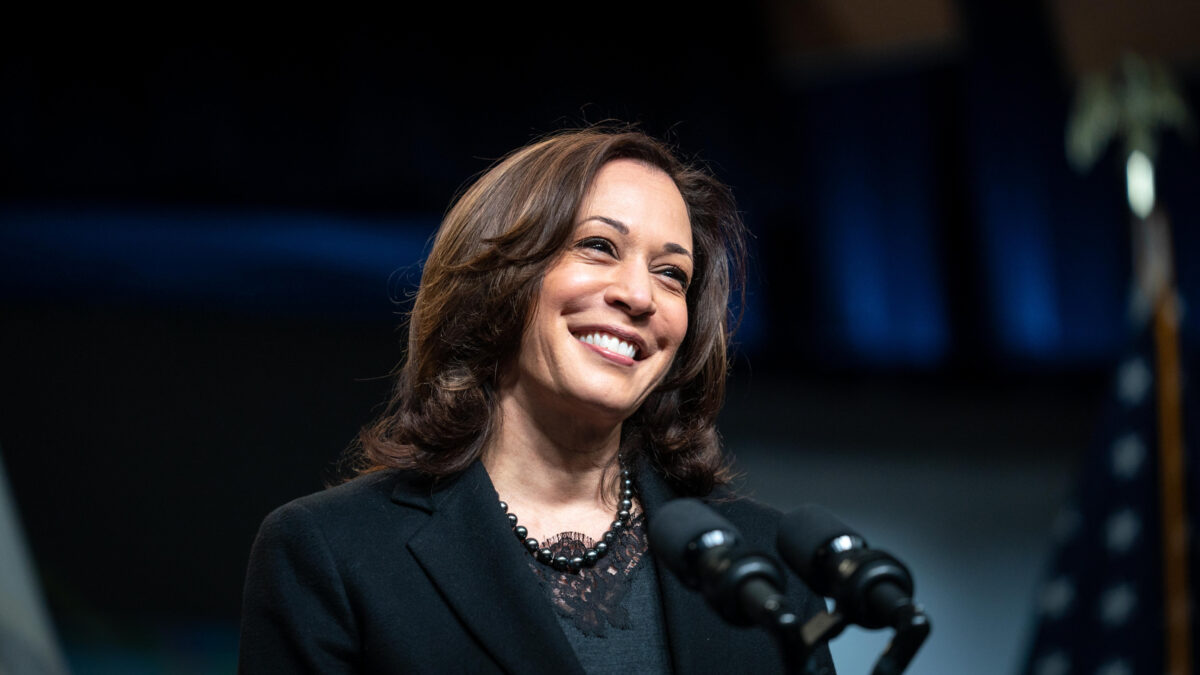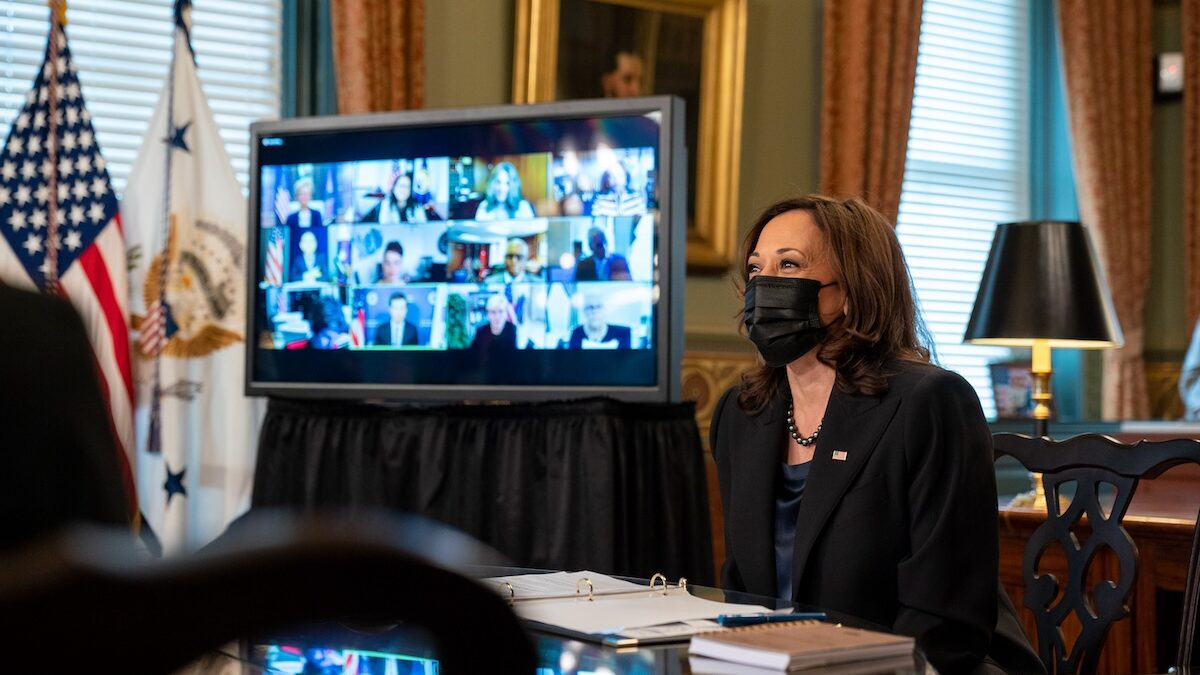
A leaked memo addressed to higher-ups pulled back the curtain on the Washington Post’s newsroom, revealing how dramatically Twitter scrambles priorities and distorts the paper’s daily coverage. This is not a surprising revelation, but it’s useful to see in print. Twitter is single-handedly exacerbating the media’s already serious flaws.
Drafted at the request of National Editor Steven Ginsberg by a committee of 10 national reporters in late April, Ben Smith of the New York Times published the document on Monday. It’s rich with opportunities to marvel at the staff’s laughable conceptions of “bias” and melodramatic self-importance. But even with that stiff competition, confusion over the Post’s Twitter policy is the memo’s most important passage.
I've obtained a copy of the "Recommendations for Social Media Use" @washingtonpost National Editor Steven Ginsberg sought from a group of staffers. It's an X-ray of the issues I wrote about this week, and you can read the full thing here: https://t.co/VKHRyyzMcN pic.twitter.com/OMoL9TckTl
— Ben Smith (@semaforben) June 8, 2020
Here’s the full section. Bear in mind the memo is based on interviews with over 50 Post reporters:
Finding: Editors are dependent on Twitter, and it creates pressure on reporters. If the bosses stop seeing Twitter as the heartbeat of national reporting, reporters would pull back.
Editors often assign stories based on what is trending and what competitors or sources are saying on Twitter. When editors “flag” tweets or mention observations from Twitter during meetings, some reporters feel they are receiving mixed messages — they’re told they don’t need to be on Twitter to be successful in their jobs, but they’re expected to monitor everything their competitors and sources are tweeting.
“It drives me crazy that editors say, ‘If you feel maybe you shouldn’t tweet something, then err on the side of not tweeting it’[or] ‘Twitter is a cesspool, an echo chamber,’ and you see them sitting at their desks just refreshing Tweetdeck all day long,” one reporter said. “It sometimes can feel like an internal Slack channel.
Most want editors to spend less time engaged on the platform, which reporters said bears little resemblance to what they’re hearing from people in the country. “Twitter is one thing, and the country is another. …You get a misleading sense of what people care about,” one reporter said.
“So many of the things that consume political Twitter are things that don’t matter even to politically informed people in state capitals.”
Those five paragraphs leave us with a lot to break down. First is the statement that “Editors often assign stories based on what is trending and what competitors or sources are saying on Twitter.” Again, we mostly knew this, pictures from years past have shown they keep a Twitter feed on screens posted around the newsroom. But it’s still noteworthy to see a survey of reporters at one of the world’s preeminent news outlets reinforce it—journalists use Twitter as an assignment editor. They’re “sitting at their desks just refreshing Tweetdeck all day long.” (Allegedly, that is.)
This is bad for a number reasons, one of which the Post learned the hard way after its breathless Covington Catholic coverage. As in that case, Twitter’s cyclonic spin creates pressures that lead to shoddy reporting.
Twitter is also not at all a representative sampling of public opinion. It’s not a portal to diners and truck stops and PTA meetings and church barbecues. It’s used as “an internal Slack channel” for insiders, trolls, celebrity stans, and people interested in politics.
Sitting on Tweetdeck and letting the trends dictate your coverage gives the elite echo chamber more power than it already has by artificially inflating the importance of their arguments and interests, and keeping journalists bathed in the platform’s overrepresentation of partisan yapping. Even for reporters who bring some self-awareness to Twitter’s ambient cocktail of media navel-gazing and partisan rancor, it’s impossible to fully compartmentalize.
The platform also creates an incentive for journalists to build and maintain an audience by publishing posts that will be liked and retweeted by other reporters and media figures. That is a terrible way to shape and drive the political discourse.
Note also how the Post’s reporters are aware Twitter is negatively impacting their journalism. “Most,” the memo says, “want editors to spend less time engaged on the platform, which reporters said bears little resemblance to what they’re hearing from people in the country.”
I actually sympathize with their complaint. At this point, journalists are generally aware that Twitter is harming the industry, but because every journalist and politician is on Twitter, it’s impossible and unwise to fully tune out. How much Twitter is too much Twitter?
The platform has its upsides. It helpfully exposes journalists’ biases, gives readers an easy mechanism to provide feedback, functions as a great news delivery system, and occasionally facilitates good debates. But that’s hardly enough to offset its downsides.
I’ve always thought it would make sense for newsrooms to design policies that let Twitter’s ability to deliver news shine, and mitigate other activity. Let reporters tweet headlines and breaking information. That’s it. Twitter would still be a great place to get news. Reporters would still be able to promote their work. But keeping spats and chats and personal conversations off the platform would make it less tempting for journalists to refresh Tweetdeck all day, chasing likes and retweets, overexposing themselves to industry perspectives and stories with little external relevance.
The problem is that for one outlet to do it, others would have to follow right away. If not, the policy would be meaningless and leave them at a disadvantage.
If the Washington Post is struggling with this, you can bet every other major publication is struggling as well. The New York Times dealt with it just last week, when staffers banded together to issue tweets about Sen. Tom Cotton’s (R-Ark.) op-ed. In their memo, Post staffers asked their editors for clarity on Twitter. What they actually demonstrated is that the industry needs a Twitter crackdown.









